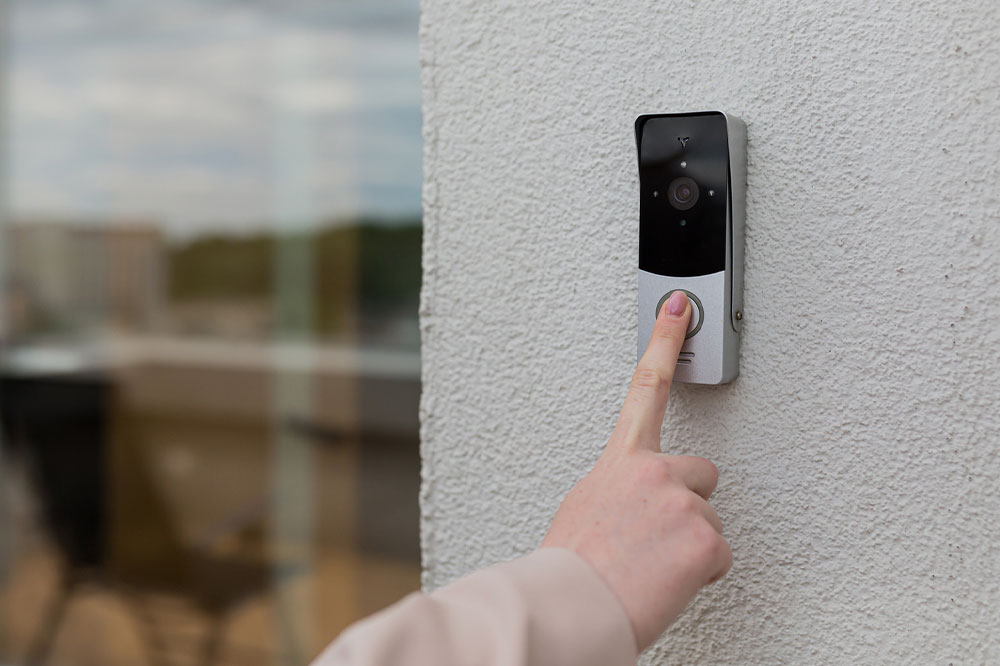7 common mistakes to avoid when finding senior living apartments

Finding the right apartment for seniors is crucial because it directly impacts their quality of life. When a loved one moves to an independent living community, an assisted living facility, or a retirement community, it can be emotionally overwhelming for them as well as the other family members. Avoiding the following mistakes when finding senior living apartments can ensure the transition is as smooth and comfortable as possible for everyone.
Not researching the types of apartments
Every state has different types of senior living facilities and apartments. For instance, one may come across endowment homes, CCRCs (Continued Care Retirement Communities), assisted living facilities, and independent living arrangements. Since each has unique features, costs, services, and amenities, one must research their options thoroughly. Different types of living facilities will suit different requirements. One must choose a senior living apartment that cares for seniors’ mobility needs and health issues. The residents should also have the necessary amenities so they can pursue their hobbies. Being unaware of the various types of senior living communities may cause one to make a wrong decision, leading to unnecessary hassle later.
Ignoring the senior’s future needs
A senior’s requirements may change as time passes. They may require more support, care, and health facilities a few years later. This means the current senior living apartment may not be suitable for them. As a result, they would have to move to another arrangement, causing emotional and physical distress. To avoid this problem, one should consider the senior’s present and future requirements while looking for an apartment for them. A doctor or health professional can help assess the future needs of the senior based on their health and pre-existing illnesses. One should ensure the community can take care of these evolving needs. Doing so will eliminate the hassle of moving to a new facility later.
Not planning finances
A common mistake many make while looking for senior living arrangements is not setting a realistic budget. The cost of senior living can vary depending on the location, services offered, and the type of apartment. In most cases, the senior’s loved ones must shell out a significant amount on monthly fees, taxes, and additional health coverage. One must consider these factors when signing up and set a budget. When setting a budget, individuals should consider the potential cost increase over the years. Whether or not a particular living facility is affordable depends on the kind of long-term care insurance a person has, their income, and other assets available to pay for the services.
Giving too much priority to the aesthetics
Many senior living apartments look attractive, with well-painted walls and furniture. However, the facility’s aesthetics should not be the only determinant. A place may look good on the outside, but its services and care may be substandard. Individuals should check whether the facility has a high level of cleanliness, meets all the local health code requirements, and employs staff capable of providing its residents with comfort and safety. Prioritizing these factors over aesthetics avoids disappointment later.
Not checking the healthcare services
When looking for a senior living apartment, people usually consider its location, sanitation and cleanliness, amenities, and other factors. However, they often forget to evaluate the healthcare services provided within the community where the apartments are located. Quality healthcare service ensures seniors keep good health and are always happy. When choosing an apartment, one should check whether the healthcare support offered is compatible with their loved one’s present as well as future needs.
Not touring the facility
Before arriving at a decision, it is crucial to take a tour of the senior living apartment. One should not rely solely on the information provided on the facility’s website, social media page, or virtual tour. While these sources may provide a fair idea about the senior living community, they may not present the whole story. Only by touring the facility in person will one know how well-maintained it is and whether it offers the necessary services. A tour also allows people to interact with the staff and ascertain their professionalism. Moreover, one can learn about the experience of the residents already staying in the facility and get honest feedback and reviews about the place. Sure, touring the apartment can take time and effort, but it provides peace of mind in the long run.
Not reading the complete contract
In most cases, the contracts of senior living facilities are quite straightforward. However, they may sometimes have terms and conditions that may seem confusing or use words that are too technical. If one does not read the contract meticulously, they can also miss the fine print. As a result, they may fail to understand key aspects, such as fee or price hikes and additional taxes, and incur unexpected expenses later. Therefore, one should always ensure to read the complete contract without missing any of the points. If required, individuals can seek the help of a lawyer who is well-versed in managing such cases. Doing so can smoothen the process and make things easier. Such professionals are easy to find but charge a small fee in exchange for their services.







